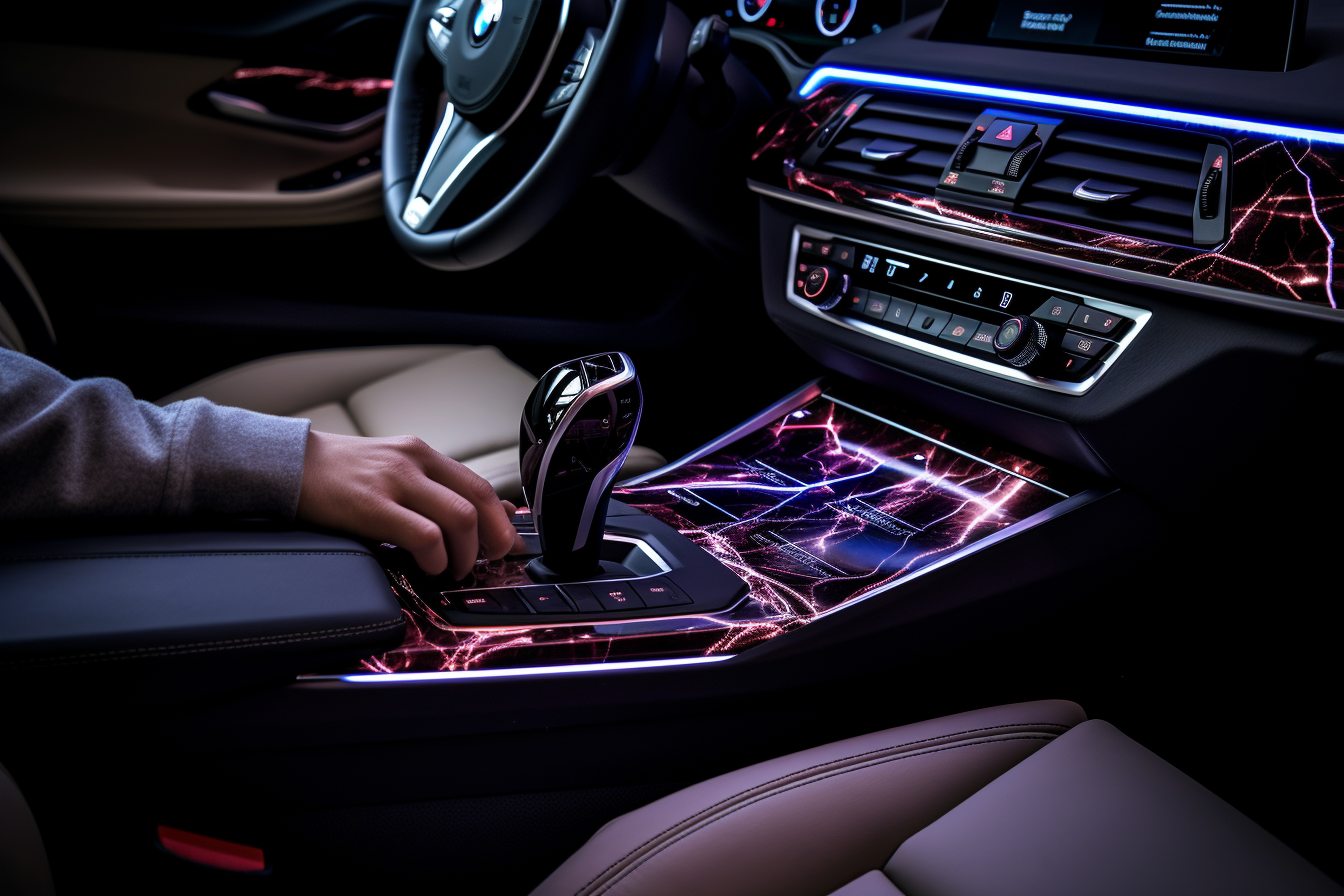Steering the Future: The Role of Haptics in Automobiles

In automotive technology, haptics has rapidly emerged as a new piece of technology that automobile manufacturers are beginning to explore. Haptics can be used to communicate with the driver via their sense of touch, giving them the ability to take in information without having to take their eyes off the road. However, the topic of haptics in automobiles is a rather polarizing one, with many arguing that there’s no real need for it.
Below, we share the most frequent applications of haptics within automobiles and touch on a few common objections to their use.
Haptics in Steering Wheels
One of the most common applications of haptics in automobiles is in steering wheel controls. Integrated haptic feedback in steering wheels provides drivers with tactile notifications. For example, the steering wheel might vibrate to alert the driver of potential collisions, lane departures, or when the vehicle is in reverse gear.
Haptics in Infotainment Systems
In-car infotainment systems are another area where haptics is making a significant impact. With haptic technology, tactile feedback can guide drivers in using these systems without needing to look at the screen. Haptic feedback can confirm when a selection has been made on the touch screen, which allows users to navigate the system via touch alone. This ensures that the driver spends the least amount of time not looking at the road.
Haptics in Gear Shifts
Haptic technology is also being used in gear shifters in some modern cars. Haptics can be applied to rotary gear selectors that provide tactile feedback when changing gears.
Haptic Seats
Haptic seats are another application of haptics within modern automobiles. These seats can vibrate or move in specific ways to alert drivers to various issues. They may pulse patterns on the left, right, or both sides of the lower bolster to alert the driver of potential dangers such as drifting from a traffic lane or getting too close to objects while parking.
User Responses to In-vehicle Haptics
Some drivers argue that haptics can be distracting, preferring the use of physical touch buttons and audio alerts rather than touch screens and haptic feedback systems. For example in October 2022, following customer feedback, the CEO of Volkswagen Thomas Schäfer announced in a LinkedIn post that they would be replacing their touch-sensitive haptic steering-wheel control panel in favor of more user-friendly physical buttons.
Academic Insights into Haptics in Automobiles
A study from the Electrical Engineering Department of Tshwane University of Technology in South Africa also looked into the impact of various types of haptic assistive driving systems on driving behavior performance. What they found was that although haptic feedback systems enhanced driving performance, lowered the driver’s response time, and reduced the driver’s mental workload, the cases of false alarms, vibrations on uneven roads, and the lack of an accurate driving behavior model adversely impacted its performance. What’s more, a conflict between the haptic guidance system torque and the driver was noted when the driver’s steering intention differed from the assistive system. It’s evident that haptic feedback systems do not account for uncertainties and individual differences in driving style and in the environment.
In conclusion, the integration of haptic technology in the automotive industry presents both opportunities and challenges. On one hand, it has the potential to enhance driver safety by allowing them to maintain focus on the road. On the other hand, issues such as driver distraction, false alarms, and conflicts with assistive systems pose significant concerns. As with any technological advancement, it is crucial to consider the user experience and potential pitfalls alongside the benefits. The future of haptic technology in automobiles will likely depend on the industry’s ability to address these challenges and adapt to drivers’ preferences.
